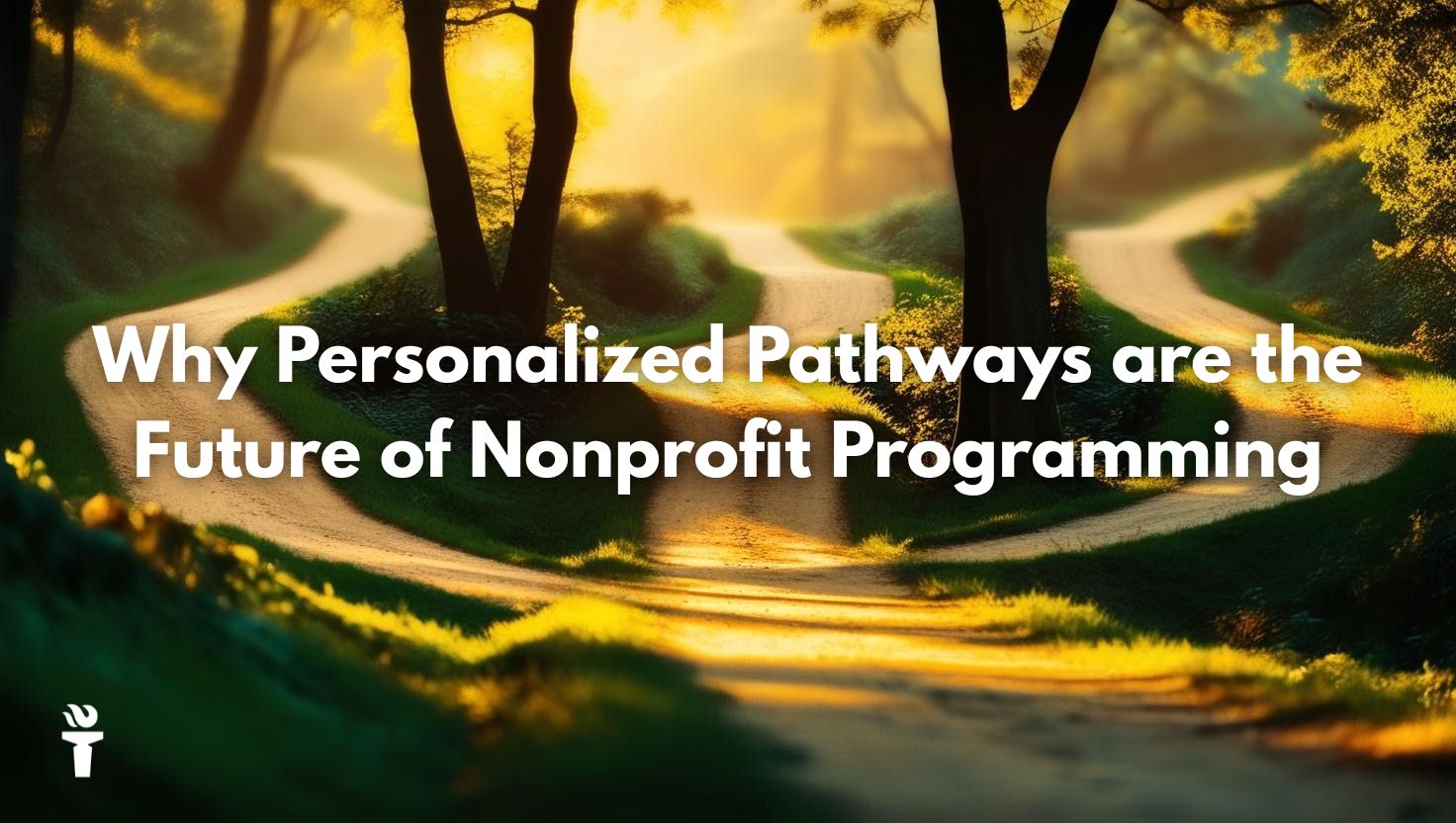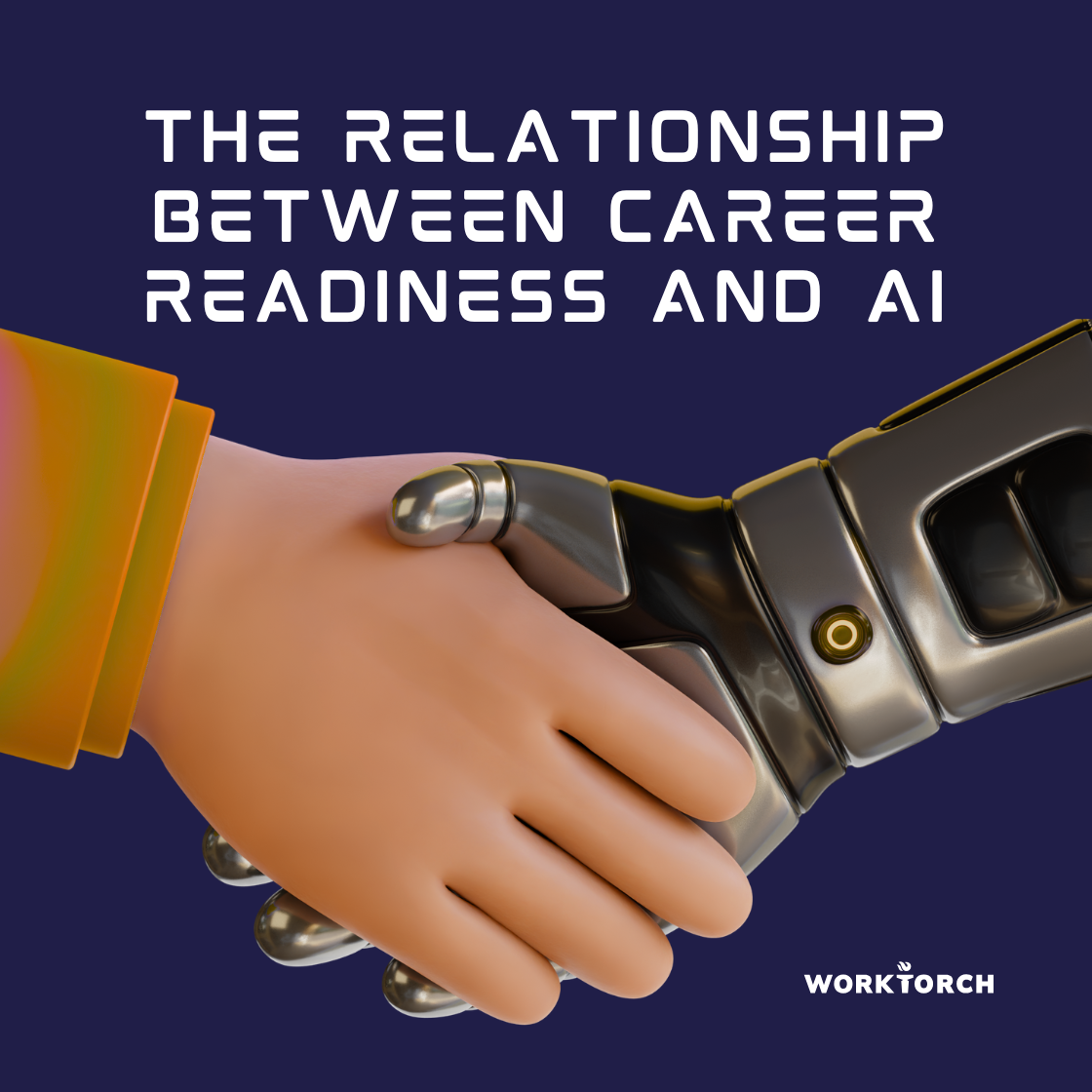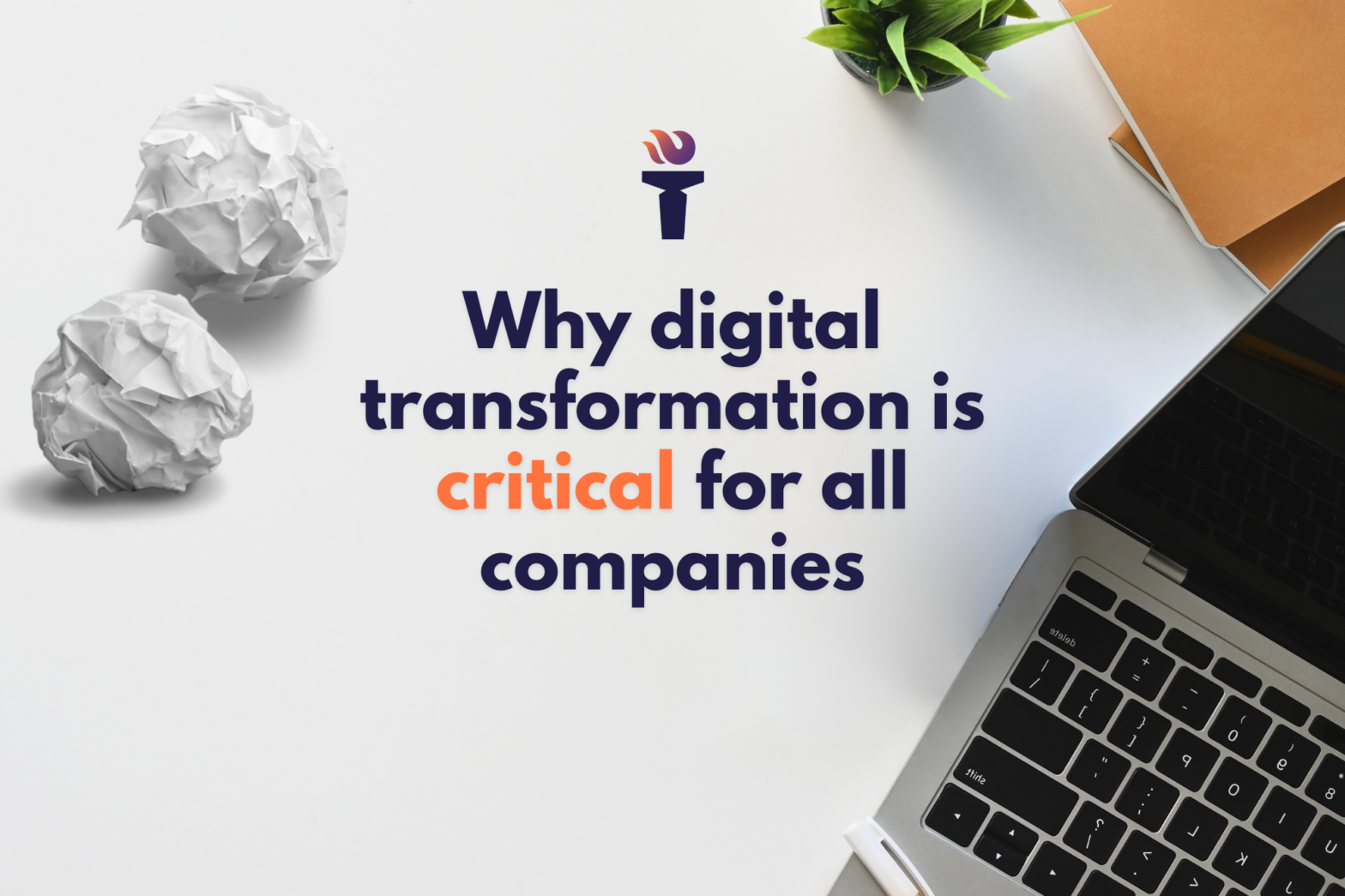Nonprofits do some of the most critical work in our communities—from supporting underserved youth to helping individuals reenter the workforce, access housing, or develop life skills. But this work comes with complexity: no two participants are alike, no two goals are the same, and no two success stories follow the same path. So why should your programming?
Tag: ai
The Relationship Between Career Readiness and AI
Artificial intelligence (AI) is transforming the way we work, learn, and prepare for careers. As industries evolve, so do the skills required to thrive in them—making career readiness more critical than ever. The challenge? Traditional career development models haven’t kept pace with the rapid changes in technology.
AI isn’t just automating jobs—it’s also enhancing career pathways, personalizing learning experiences, and helping individuals make better career choices. Whether you’re a nonprofit supporting workforce development, an educator guiding students, or a professional navigating career growth, understanding AI’s role in career readiness is key to staying ahead.
Why Digital Transformation Is Critical for all Companies
Nonprofits exist to serve communities, create opportunities, and change lives—but outdated processes often stand in the way. Many organizations still rely on manual data entry, paper-based tracking, and disconnected systems, making it harder to measure impact and operate efficiently.
How AI is Affecting Nonprofits and Schools
Artificial Intelligence (AI) is reshaping nearly every industry, and nonprofits and educational institutions are no exception. From streamlining administrative tasks to enhancing impact measurement, AI is transforming how mission-driven organizations operate. While some may fear AI will replace human jobs, the reality is quite the opposite—AI is empowering teams to work smarter, not harder.
The challenges of traditional scheduling methods
You know the saying “time is money?” Well, that’s even more true when it comes to business. We live in a fast-paced world where time is of the essence. The last thing you and your team needs to waste time on is ineffective, antiquated scheduling methods. In this blog post, we’ll explore some of the key challenges associated with traditional scheduling methods and why it might be time for an upgrade.



